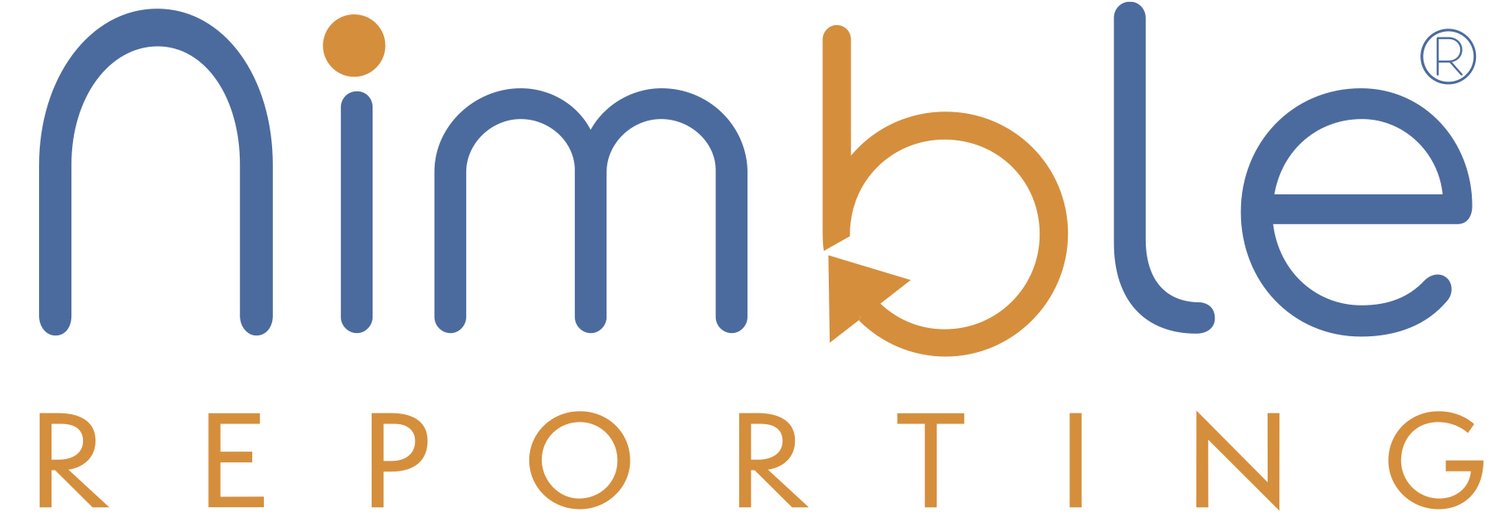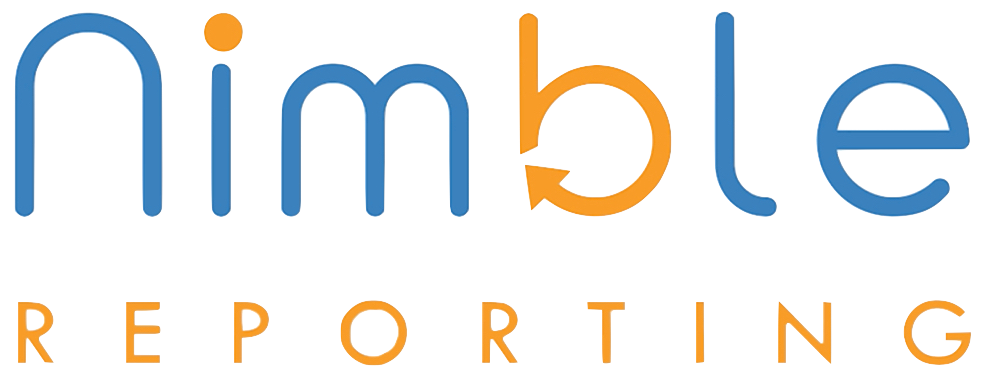How HR and Business Leaders Can Build a Winning People Strategy
There’s no doubt, no matter what the technology is, how far AI will allow us to go within our organizations, how robust the market is or how proprietary one’s product or service set is… people are the lifeblood of the organization. So why does it seem that within some companies, management and HR are so far apart in this thinking from an overall philosophical standpoint? What’s with the idea of “head counts” and other strategies that commoditize employees? Instead, why isn’t talent, collaboration, etc. the number one priority in ALL organizations? Here’s how to do it.
FROM HUMANYZE / BY PAULINA BORREGO
HR strategy and people strategy have long been combined into a single concept. But recently, many companies have found that defining people-focused initiatives has allowed them to achieve greater performance. Traditional HR management focuses on topics such as recruitment, employee retention, benefits planning, and performance management. These functions are a necessary part of any business, but a people strategy takes a very different approach.
Creating a people strategy involves defining how a business interacts with and nurtures the development of its employees and work culture. It is very much a relationship-focused effort and should consider employee skill development, leadership programs, employee experience and satisfaction, and similar elements. One of the best ways to get started building a winning people strategy for your organization is to create a working document that outlines key employee engagement considerations. This post will give you some specific ideas to help you get started creating a plan.
As with any employee effort, it’s important to solicit regular feedback from staff throughout the organization. This helps to identify common issues among the workforce or find new ideas that may have been overlooked. An effective people strategy requires a lot of learning on the part of leadership and employees, providing an excellent opportunity for everyone to work more closely together. With effective planning, you can increase engagement and reduce turnover while impacting many other meaningful people metrics.
Set Clear Goals
Your people strategy needs to support the financial goals of your business units and the overall mission of the company. Since the existing annual goal-setting process should already define many of the key performance targets for revenue and operations, focus on aligning the goals of your people strategy with these broader business objectives. Based on the top priorities, what skills gaps need to be filled? Are there certain aspects of teamwork and innovation that can be improved? Questions such as these can help you define goals for your people strategy. In addition, being clear about what you aim to accomplish helps with setting an appropriate budget.
Perform Regular Horizon Scans
Learning is a major theme when it comes to building a winning people strategy. Horizon scans have long been a tool used by HR professionals to understand various internal and external trends that may have an impact on employee performance. One of the most popular horizon scan frameworks is called PESTLE, which stands for political, economic, sociological, technological, legal, and environmental. Research each of these areas on a periodic basis to form a list of factors that may have an impact on your work culture. These are important data points that can lead to better decisions regarding employee and learning initiatives.
Use a Variety of Industry Benchmarks
When comparing your work culture and people development plans with external benchmarks, always use a variety of different sources to encourage fresh ideas and define standards for development programs. Identify industry leaders that excel at creating a positive company culture and employee retention and learn as much as you can about their policies and processes. It may even be helpful to consider non-industry benchmarks to gain a completely different perspective. If you identify promising strategies in use in other industries, consider how to adapt those practices to meet the needs of your workforce.
In addition to industry and non-industry benchmarks, establishing and measuring internal benchmarks that are bespoke to your organization’s unique contexts and culture is a useful way to track progress over time and help assess what’s working – and what’s not working – internally. Leveraging non-industry benchmarks and tools like Humanyze’s indicators and metrics can help you establish internal benchmarks to track where your company stands and how it’s trending.
Define Clear Metrics
When defining performance metrics for people-based initiatives, select the most relevant datasets possible. These parameters serve as a guide to ensure that you are making progress and making a positive impact on your employees and work culture. Develop a robust measurement system with clear methodologies for decision-making and data analysis. Leverage people analytics to collect relevant data and gain insights into how your teams are actually working.
Ensure Leadership and Employee Buy-In
Leadership is a crucial factor in any people strategy. In many ways, the actions of your executive team and senior management are the clearest indicators of your company’s values. When it comes to morale, buy-in, and commitment, achieving wide adoption of your people strategy is impossible without the support of senior leadership. Encourage executives and senior management to take an active role in developing the organization’s people strategy.
Routinely promoting ideal behaviors among leaders at all levels will demonstrate your commitment to the ideas outlined in your plan. Additionally, ensuring that employees have access and visibility into your company’s leadership ranks helps to promote growth, transparency, and communication and feedback, ensuring that the right kind of leadership buy-in is not impeded by hierarchy structures.
Developing competent leaders and high-performing employees is really about supporting them in a way that allows them to grow and learn. A defined people strategy makes it possible to align an entire company around employee-centric initiatives that can have a lasting impact on the company culture. By developing a carefully thought-out plan and making data-driven improvements along the way, you’ll foster impressive levels of performance and engagement.


